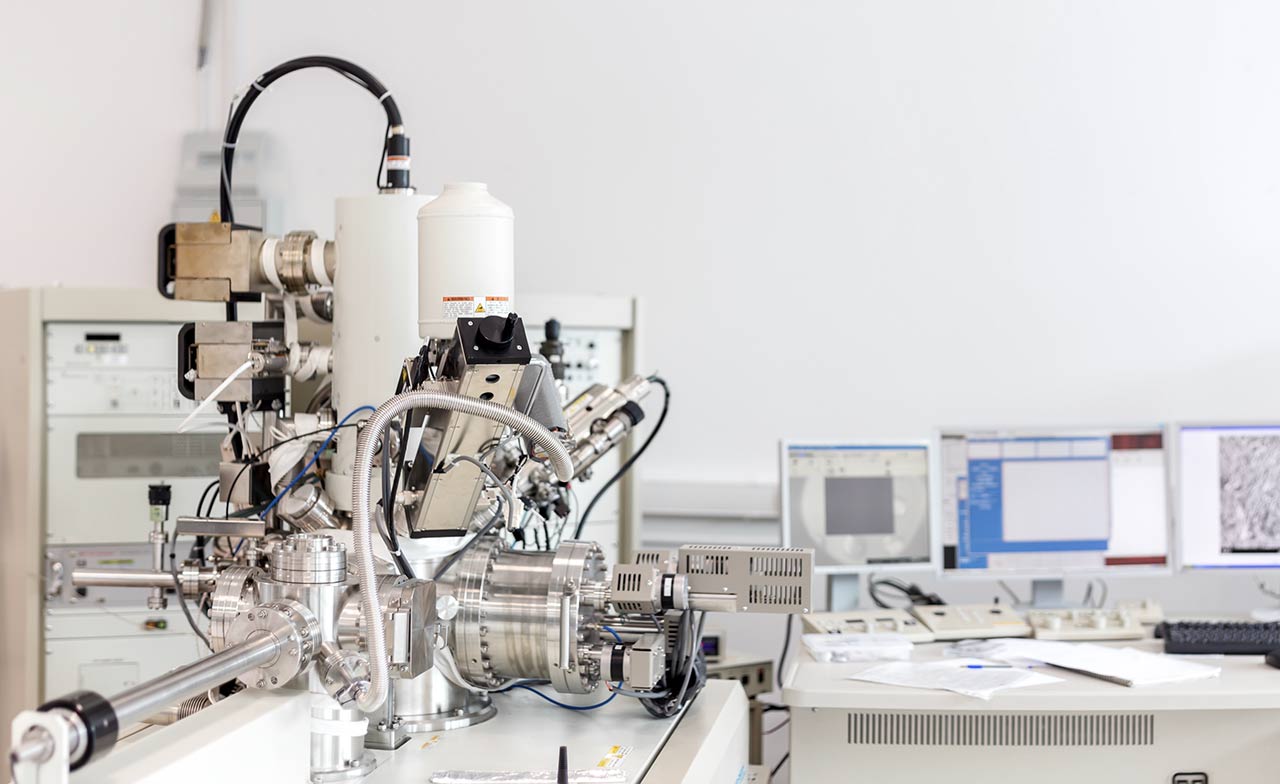Why is teixobactin so promising as an antibiotic?
An explanation of a new antibiotic's mechanism of action, and its benefits over other classes of antibiotics.
Question
Why is Teixobactin so promising?
Answer
Teixobactin is the first of a new class of antibiotics discovered by Ling et al. in early 2015. It is a small peptide (11 amino acid residues) isolated from the previously unculturable soil bacterium Eleftheria terrae. Teixobactin is able to kill a wide range of gram-positive bacteria by causing their cell wall to break down, which results in the bacteria bursting (explanations of gram-positive bacteria and their cell wall structures can be found at www.ukessays.com/ask/gram-positive-vs-gram-negative-bacteria-1061).
Gram-positive bacteria are surrounded by a thick cell wall made of peptidoglycan; long chains of alternating amino sugars, with many crosslinks to other strands. These are constantly being remodelled as they grow, with crosslinks being broken down and relinked on a regular basis. Teixobactin binds to lipid II, one of the crosslinking chains, when it is not crosslinked, preventing crosslinking enzymes from binding to lipid II, and gradually weakening the peptidoglycan wall until the cell bursts open. In vitro teixobactin was able to kill MRSA and Clostridium difficile, and the causative bacteria of anthrax and tuberculosis, and no evidence of developing resistance was found, even when culturing the bacteria at sublethal doses for almost a month.
The molecule that teixobactin targets is a lipid, and so it is more difficult for the bacteria to alter its structure than a protein (synchronous mutations would have to occur in all the enzymes that produce, transport and otherwise interact with it). Another antibiotic, vancomycin, acts on the same lipid, and resistance developed to it very slowly. However, as the organism which produces vancomycin, Amycolatopsis orientalis, is a gram-positive bacterium, it has to protect itself from its own antibiotic. Resistance to vancomycin is thought to have been transferred horizontally from A. orientalis rather than through random mutation. As E. terrae is gram-negative, it is inherently resistant to its product, and so it is thought that teixobactin will remain resistance-free for a long time, possibly forever.
References
Ling, L., Schneider, T., Peoples, A. J., Spoering, A.L., Engels, I., Conlon, B.P., Mueller, A., Schäberle, T.F., Hughes, D. E., Epstein, S., Jones, M., Lazarides, L., Steadman, V.A., Cohen, D.R., Felix, C.R., Fetterman, K., Millett, W.P., Nitti, A.G., Zullo, A.M., Chen, C., & Lewis, K. (2015) A new antibiotic kills pathogens without detectable resistance. Nature, Vol 517, pp 455–459
